Two types of influence
When a motor is connected to a frequency converter it must be kept at the correct temperature, and this is subject to two types of influence:
- If the speed decreases, the cooling air volume goes down.
- If a non-sinusoidal motor current is present, more heat is generated in the motor.
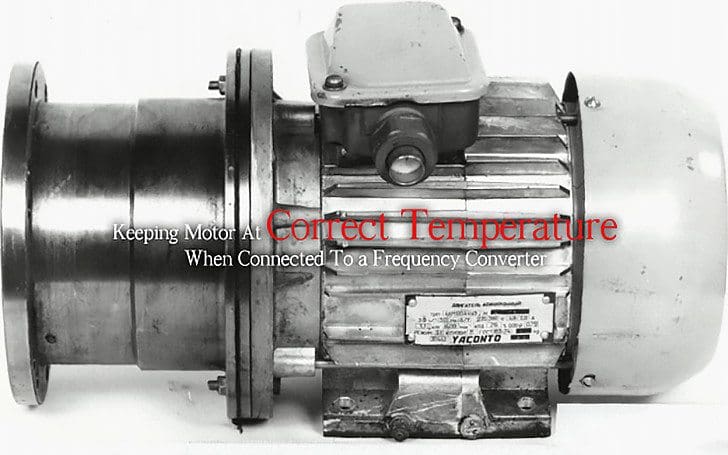
At low speeds the motor fan is not able to supply enough air for cooling. This problem arises if the load torque is constant throughout the control range.
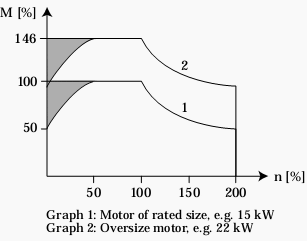
If the motor runs continuously – at 100% rated torque – at a speed which is less than half the rated speed, the motor requires extra air for cooling (the grey areas in Figure 1).
Alternatively the load ratio of the motor can be reduced by selecting a bigger motor. However, care must be taken not to oversize the motor too much for a given frequency converter.
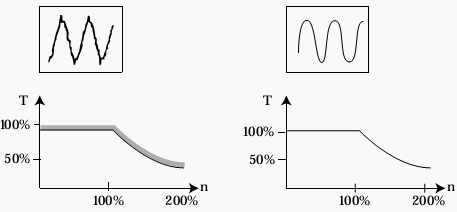
Reference: Fact Worth Knowing about Frequency Converters – Danfoss

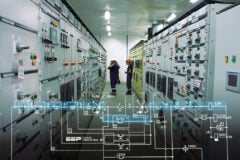




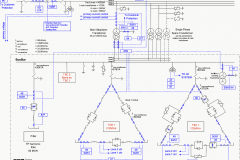




RUNNING THROUGH VVVF DRIVES:
If a motor is running a FAN/Pump with 50% of it’s rated speed then the motor would not be heated up. Because these are the variable torque application where torque proportionate to square of the speed . It means decreasing of speed by 1/3 will decrease the torque demand by 1/9. So in this case flux generation will also be less. In this case motor will not get too much heat. Normal TEFC/IC 411 cooling is sufficient.
But If the motor is running some conveyor/appron feeder/briddle, then the speed range can be 0- rated speed.Sometimes 0-greater than its rated speed.For this entire range, torque demand by the load is constant. SO in this case whatever be the speed of the motor, flux generation is constant, hence motor will be heated up. To prevent this heat effect, for constant torque application IC416 or forced cooling arrangement is required.